
If you don't really know yourself, the market is an expensive place to learn about your "Investor Self". This axiom is most essential and relevant during a market correction. This blog is an exercise to help us all understand our own nature — ideally during the calm before the storm.
Successful individual investors tend to be an optimistic bunch because, over the long term, the market rewards us optimists far more frequently than pessimists. The flip side is that as time passes, our memories color the past corrections with a brighter, lighter brush. This exercise is meant to have you revisit history and revisit your own "uncle point" or exit strategies well before the next correction.
I'll make a few personal observations, but the main focus here is for you to review these 10 charts yourself. They are comprised of stocks, indexes, sector ETFs, healthcare mutual funds, and global growth mutual funds. I'm reviewing each along with you since these are all part of my own portfolio.
Observations
- The past 12 years have seen four corrections, reactions, pullbacks, or whatever you'd like to call them (2008, 2011, 2016 and 2018). As we all know, the most painful was 2008, so let's zero in on this correction.
- In 2008, Amazon pulled back 64%. This is the question you should ask yourself: if I owned it at $87, could I hold it through this 64% reaction all the way down to $34? Note: In 2008, it was $34.68. Today it's at $1,773.94.
- The market indexes pulled back less than Amazon, Apple and the Consumer Discretionary Sector (XLY). The S&P 500 was down 56%, and VTI was down 57%. Note: Vanguard Total Market (VTI) has since risen from $27.05 to $159.64. That's nearly +600% in under 11 years.
- Even five-star, gold-rated diversified mutual funds — such as Primecap (POAGX) pulled back 56%. On recovery, however, it's up nearly 900% since the 2008 correction.
- Although five-star balanced funds which hold both stocks and bonds (such as PRWCX) are expected to be less volatile, they nevertheless lost 42% in the 2008 correction. Once again, the good news is that it's up nearly 500% since that downdraft.
- Finally, it's interesting that Healthcare funds (PRHSX and VGHAX) are up 900% and 550% respectively from the 2008 correction where they lost 38% and 37% respectively — much less than the market.
Conclusion
The exercise here is to review all your positions and revisit the four corrections I've mentioned. Ask yourself what percentage pullback you could tolerate for each and every type of equity you own. A correction is inevitable. Are you emotionally prepared for it? Panic is not a profitable investment methodology.
The bottomline is that you need to know your personal "uncle point" (i.e. exit strategy) for all your asset classes and all your individual equities. When the inevitable storm hits, your portfolio will be weatherized and waterproofed because you will have already embraced and acknowledged the emotional side of your "Investor Self".
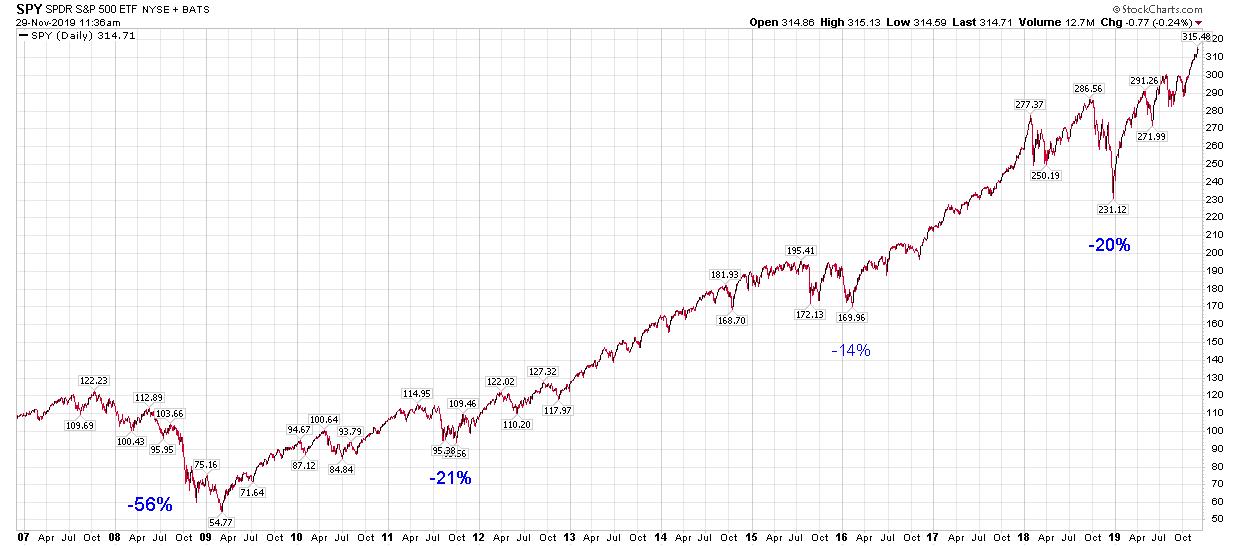
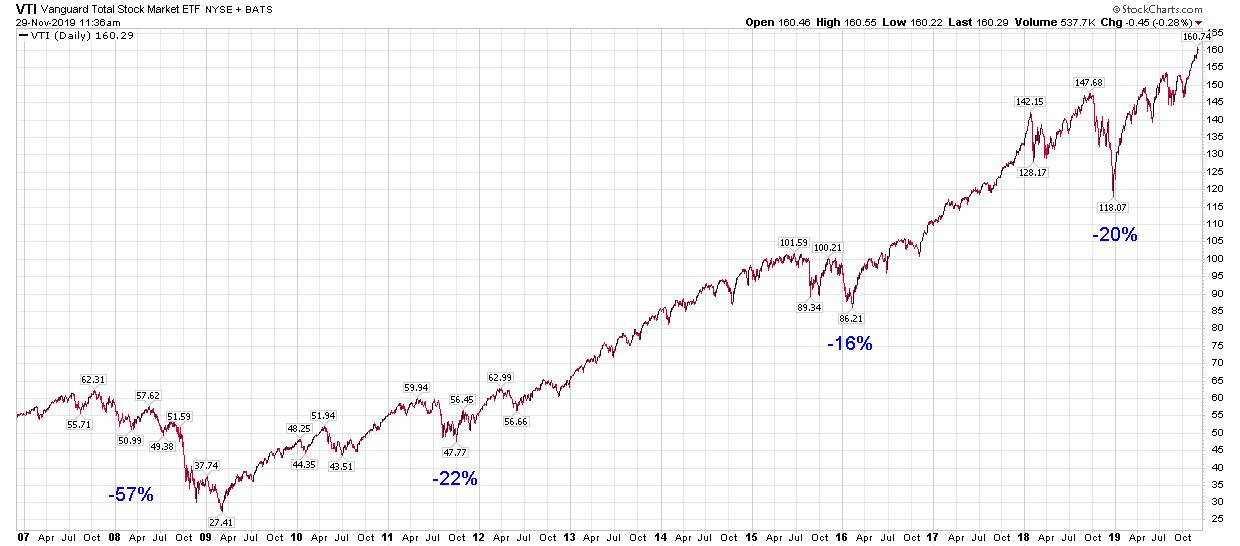


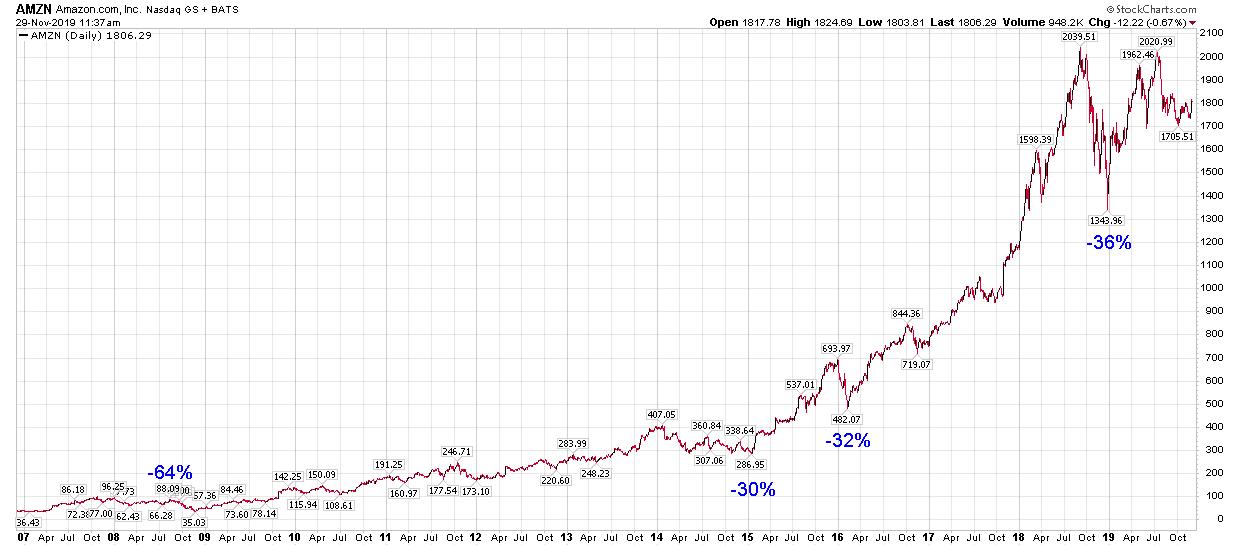

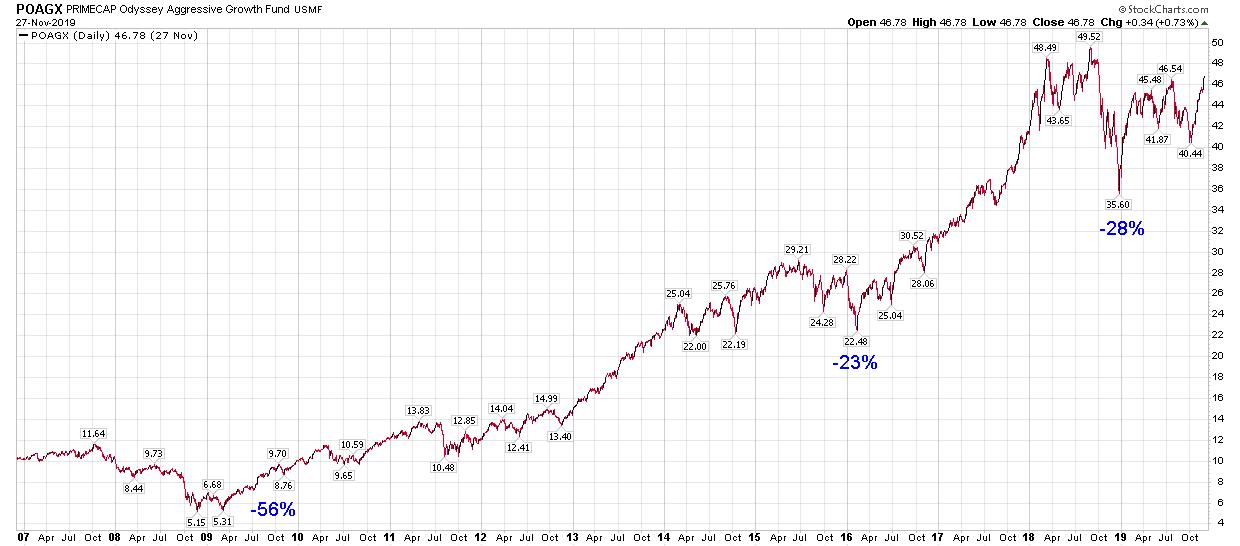
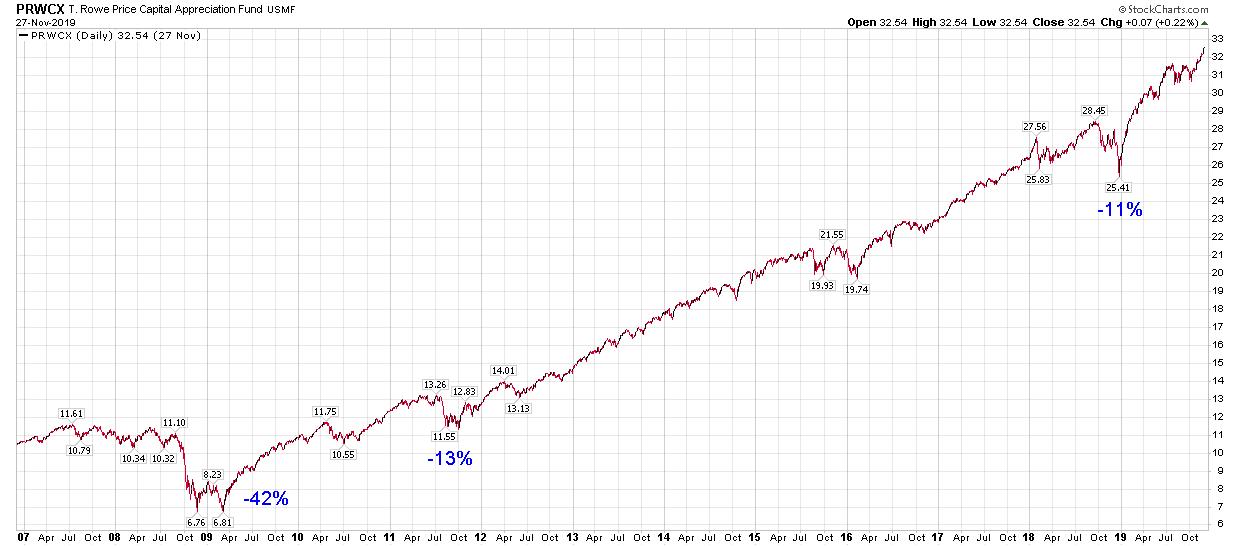
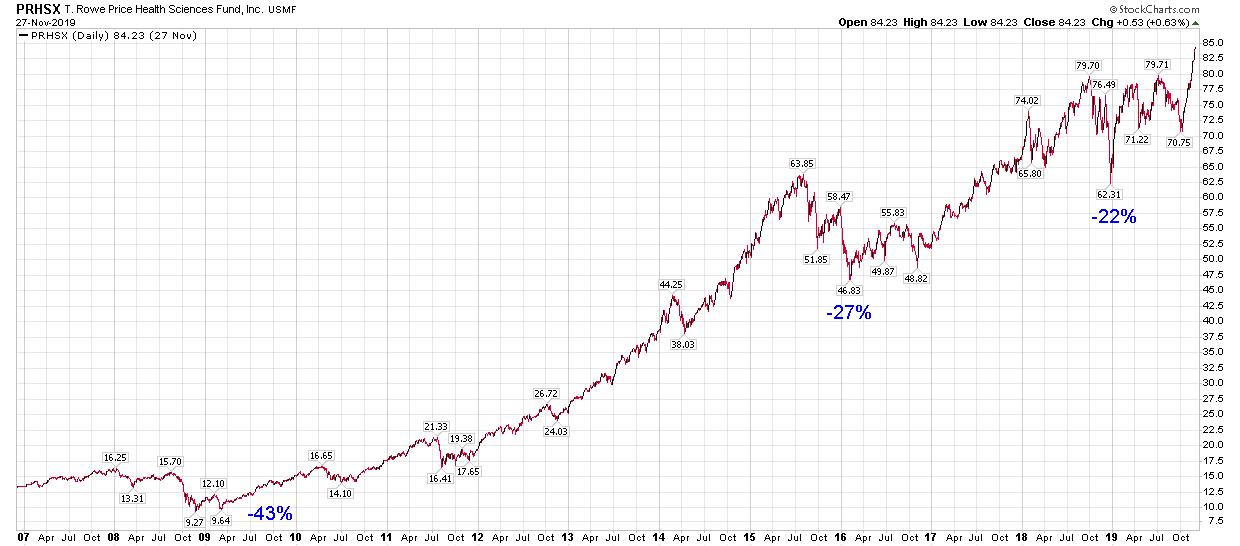
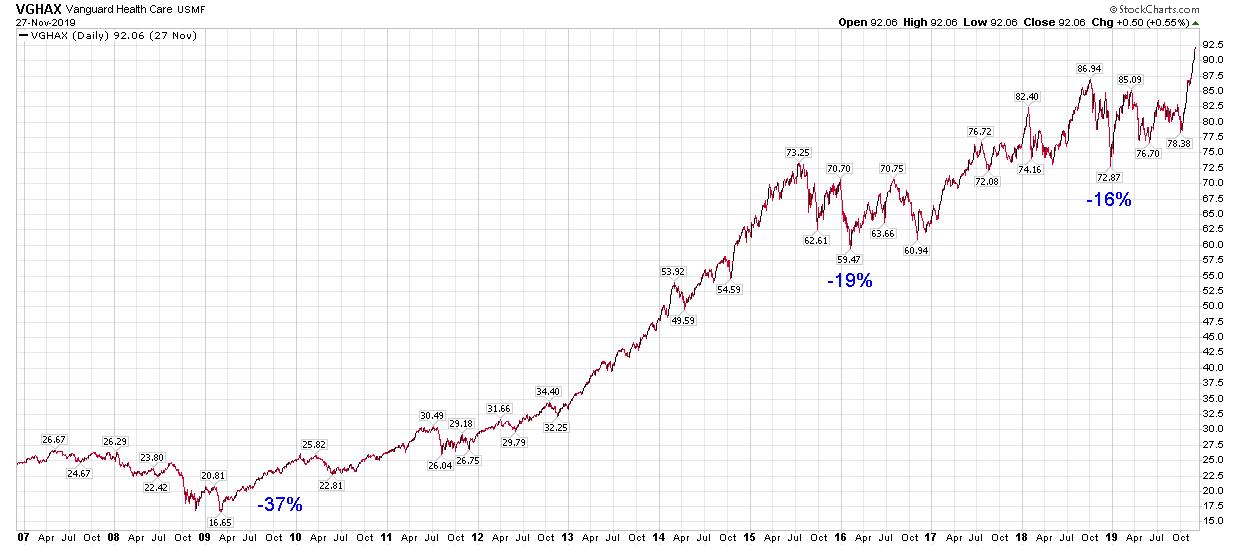
Trade well; trade with discipline!
- Gatis Roze, MBA, CMT
- Author, Tensile Trading: The 10 Essential Stages of Stock Market Mastery (Wiley, 2016)
- Presenter of the best-selling Tensile Trading DVD seminar
- Presenter of the How to Master Your Asset Allocation Profile DVD seminar
- Developer of the StockCharts.com Tensile Trading ChartPack
Trade well; trade with discipline!
Gatis Roze, MBA, CMT
- Author, "Tensile Trading: The 10 Essential Stages of Stock Market Mastery" (Wiley, 2016)
- Developer of the "Stock Market Mastery" ChartPack for StockCharts members
- Presenter of the best-selling "Tensile Trading" DVD seminar
- Presenter of the "How to Master Your Asset Allocation Profile DVD" seminar
